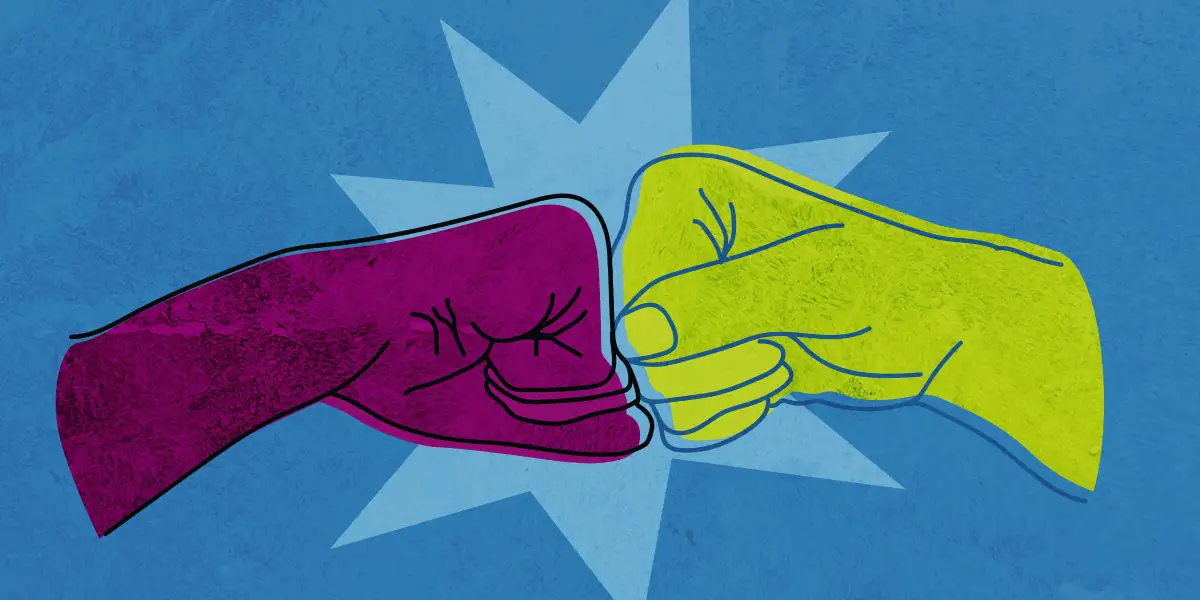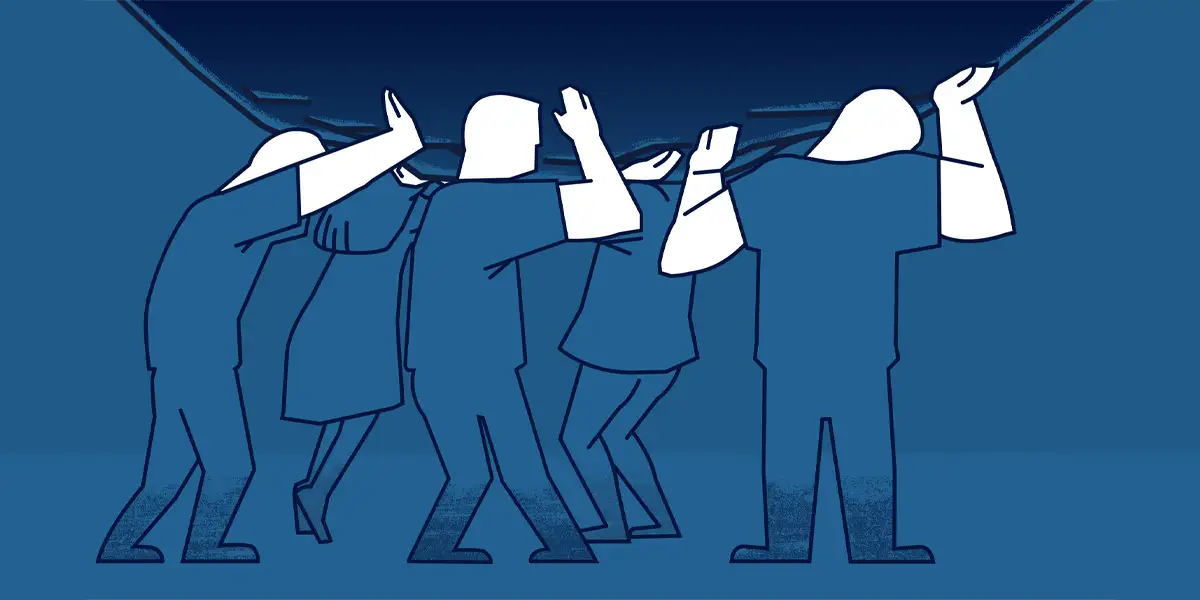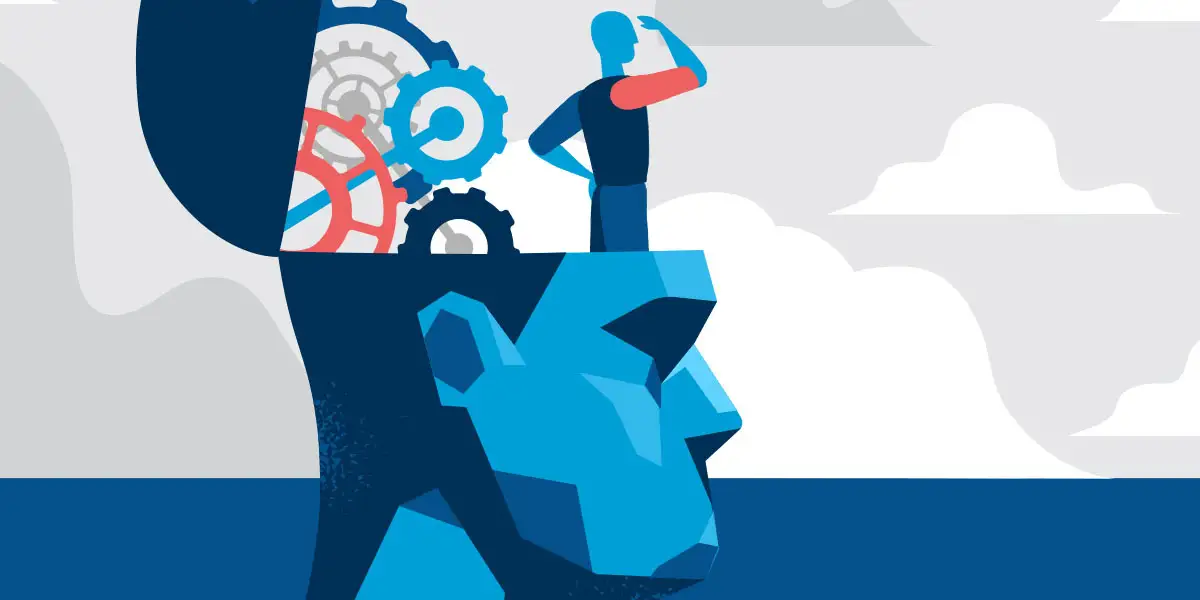Lessons from the C-Suite
A fresh perspective to fuel C-suite success

Executive leadership is often misunderstood.
Now more than ever, finding success at the top is an odyssey through chaos and complexity. And C-suite executives are mired in deep struggles to lead well.
At DDI, we walk an uncommon journey by the side of executives as they make the difficult choices to steer their organizations through turbulent conditions. Based on countless conversations with CEOs and board members as well as deep research, this collection of articles from Matt Paese is a resource to reflect on the less obvious choices and challenges executives have faced recently.
With these nuggets of wisdom in hand, we hope you find fresh perspective to fuel executive development for the challenges ahead.

Gratitude as an act of leadership. Seems like a skill worth practicing.
Gratitude Is a Leadership Skill

Great executives care deeply about listening, both inside and outside their organization. But it can become information overload. Here's how to filter out the noise.
Have You Optimized Your Leadership Settings?

A strong CEO can cause the executive team to contort themselves to fit the styles and preferences of the CEO, often to the detriment of the team. So how do you balance the two?
What's More Important - a Strong Leader or a Strong Team?

The secret to balancing accountability and trust at the executive level begins with one key question.
The Secret to Balancing Accountability and Trust at the Top

When it comes to team effectiveness, decision-making is a form of currency. As CEO, be cautious not to hoard it.
“I’ve Been Doing It Wrong”: How CEOs Struggle to Make Their Teams Work

A lot of C-suites are packed with amazing individual executives, yet as a team, they struggle to get traction. The lack of cohesive teamwork comes at a high cost to company performance.
Is Your C-suite a Group or a Team?

Every organization has the opportunity to connect to a higher purpose. But they often fail to do so because their leaders struggle to connect their people to that larger reason for existing.
What Good Is Purpose if No One Believes in the Person Leading It?

Never underestimate the power of being asked to do just one thing and here is why.
Your One Big Thing

There is a fundamental reframing of the expectations of the job required when executives reach the c-suite.
So you made it to the C-suite. Now don’t do your job.

We had an idea that CEOs were thirsty for support, but new research showed that number was even larger than we expected.
CEOs want more coaching

This week I watched as a CEO "lost" one of his highest-potential executives. Why? A crucial mistake in her executive development plan.
What Happens When CEOs Don't Develop Executives?

I’d like to propose a toast to the holiday spirit, but maybe not the one you’re thinking of.
Here’s to Your Holiday Spirit (whatever that may be)

One of the biggest issues we've heard from executives, both before and during the pandemic: “I still don’t have time to think.”
How to Get More Time to Think

Although recent data from the U.S. Bureau of Labor Statistics may not technically show a labor shortage most employers tell a different story.
How the Labor Shortage Is Affecting Strategy Execution

Of all the rooms in the world, the corporate boardroom might be the one where it’s most difficult to relax. Why? Boards must simultaneously pursue two competing objectives: scrutiny and authenticity.
What Boards Want from Executives

CEOs feel best about their teams in the first 6 months of their tenure, after which ratings decline year after year across the first five years at the helm.
How Do CEOs View Their Teams? Meh.

As most executives handled the initial crisis of the pandemic well, we’re now seeing the delayed response of what has already been happening across lower levels, executive exodus.
How Boards Are Reacting to the Executive Exodus

In three separate conversations with board directors, together representing eight different companies, a common theme emerged: There is a crisis in the C-suite.
The Other Pandemic: Crisis in the C-Suite